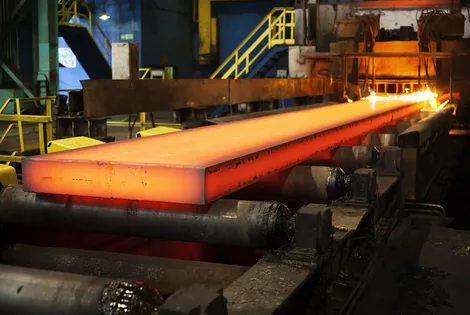In a sense, Ukraine's steel industry is healthy enough. According to information provided by the Ministry of Industrial Policy of Ukraine, Ukraine is the eleventh largest steel producer in the world. It produces a respectable 2 percent of world production, just behind Brazil and Turkey and about half of Russia's volume.
Ukrainian steel also has a well-diversified export customer base. The EU is the largest of these, accounting for 27 percent of Ukraine's total exports. CIS countries, including Russia, buy 20 percent and other European countries 15 percent. Africa, Asia and the Middle East import the rest.
In addition, the Ukrainian steel sector has undergone some modernization, which was to continue for several more years. For example, Ukrainian steel can now be used for the production of decorative elements, among which caps for the fence and other elements of the fence pass as a red thread. This is good news, but there is bad news.
First, despite some progress, Ukrainian metallurgy is far from being the leader in terms of efficiency and productivity. The energy used per ton of steel produced is almost double the levels achieved in the EU, South Korea or Japan.
The second bad news is that the global steel industry as a whole has overcapacity. Western Europe has 20 percent more capacity than needed, and Asia 25 percent. This puts the least efficient producers, including many in Ukraine, in a desperate situation.
Eastern Ukraine with its heavy industry is more of an imposed responsibility than a prize, at least economically. People on the streets of Donetsk and Lugansk are worried about real economic problems, but who can fully solve Moscow, Kiev, the EU or the IMF?
Is the heavy industry of Ukraine a burden or a joy?

|
|
Azovpromstal® 6 May 2014 г. 15:15 |





